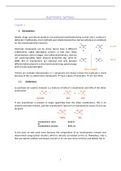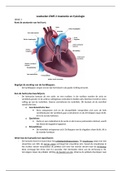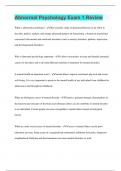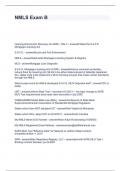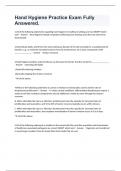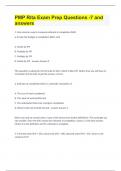Samenvatting
Samenvatting Asymmetric synthesis
- Vak
- Instelling
Dit is een uitgebreide samenvatting die zowel de noties als slides omvat van het vak, gedoceerd Prof. U. Hennecke aan 2e Ma studenten chemie. De reactiemechanismen komen uitgebreid aan bod met een specifieke focus op de transitietoestanden die verantwoordelijk zijn voor de geïnduceerde stereoselec...
[Meer zien]
